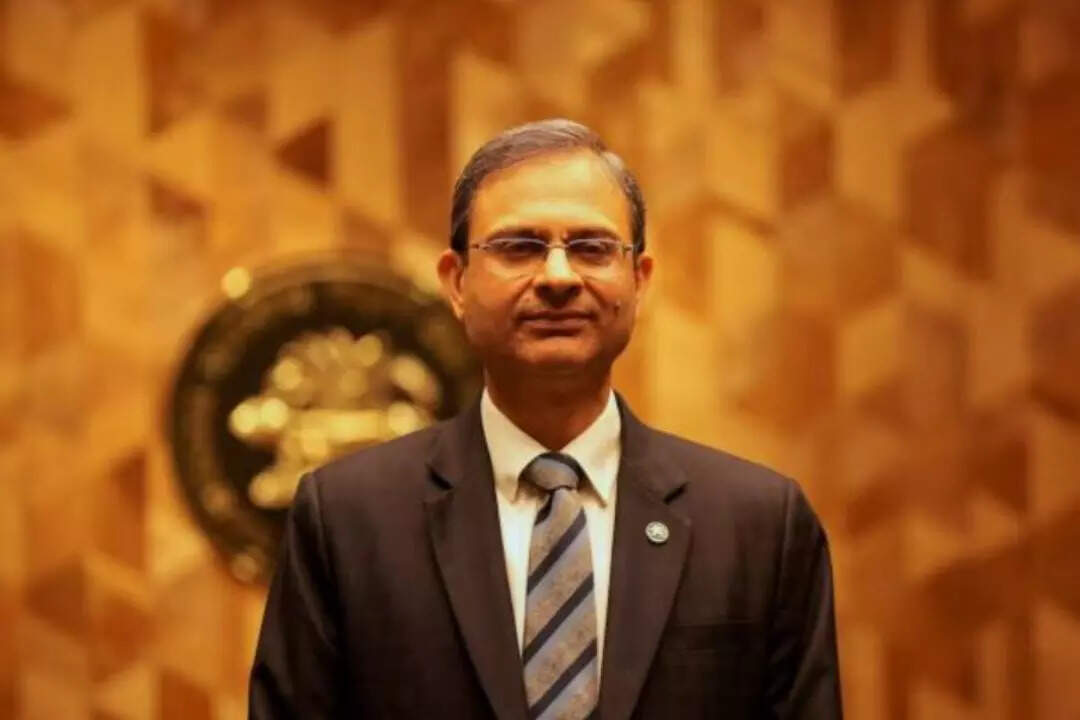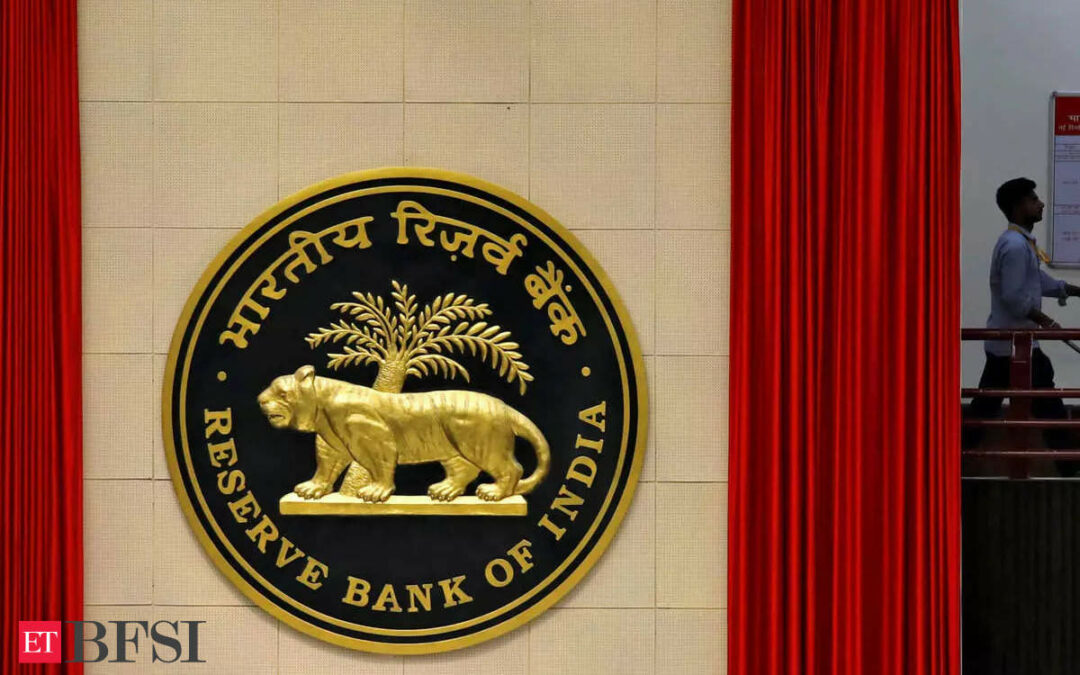The Reserve Bank of India (RBI) is set to conduct a $10 billion three-year dollar/rupee swap auction on February 28, aiming to inject durable liquidity into the banking system struggling with persistent cash deficits.
The move reflects a strategic shift in liquidity management under the new RBI Governor Sanjay Malhotra, as short-term measures have failed to address the funding stress in the financial system.
The swap is expected to add approximately Rs 870 billion to the banking system by March 4, providing a more sustained liquidity cushion compared to previous short-term interventions. This follows a $5.1 billion six-month swap earlier in the year, which, along with open-market bond purchases, has yet to ease the ongoing cash strain.
Market participants anticipate that at least Rs 1 trillion more liquidity injection will be necessary before the financial year-end to prevent further tightening.
A structural shift in RBI’s liquidity management
The three-year tenor of the swap signals the RBI’s intent to ensure durable liquidity in the system rather than relying on shorter-term repo operations.
This could support more effective transmission of future rate cuts, a crucial factor after the central bank reduced the repo rate for the first time in nearly five years earlier this month. However, without sufficient banking liquidity, further rate cuts may not translate into lower lending rates.
This approach also hints at a shift in the RBI’s forex strategy, with a potential increase in tolerance for rupee depreciation as long as it remains gradual and controlled. So far, the RBI has infused over Rs 3.6 trillion into the system through open-market purchases, secondary debt market interventions, longer-duration repos, and FX swaps.
The latest swap could ease pressure on short-term borrowing rates and lead to a mild steepening of the yield curve, benefiting shorter-duration government bonds.
Liquidity tightness poses a key challenge
Despite these measures, the banking system remains in a liquidity deficit, which stood at approximately Rs 1.7 trillion as of February 20. Market stress is expected to peak in March due to seasonal factors, tax outflows, and constrained government spending.

The central bank’s intervention is crucial in preventing a spike in short-term interest rates that could disrupt financial markets.
RBI Governor Malhotra faces a complex balancing act—injecting enough liquidity to prevent a funding squeeze while avoiding excessive cash that could stoke inflation.
Since assuming office in December 2024, Malhotra has overseen aggressive liquidity measures, including Rs 49.18 lakh crore in funding injections through various instruments. However, deficits have remained volatile, oscillating between Rs 30,000 crore and Rs 3 lakh crore since mid-December.
The RBI’s intervention suggests a broader policy recalibration, where liquidity infusion takes priority, even if it increases the risk of currency volatility and inflation. With India’s fiscal deficit remaining high and government borrowing elevated, excessive liquidity could push bond yields lower, complicating debt market dynamics.









